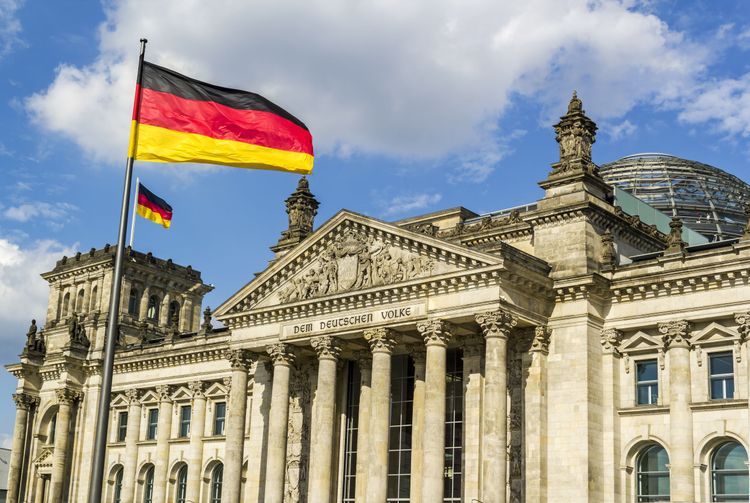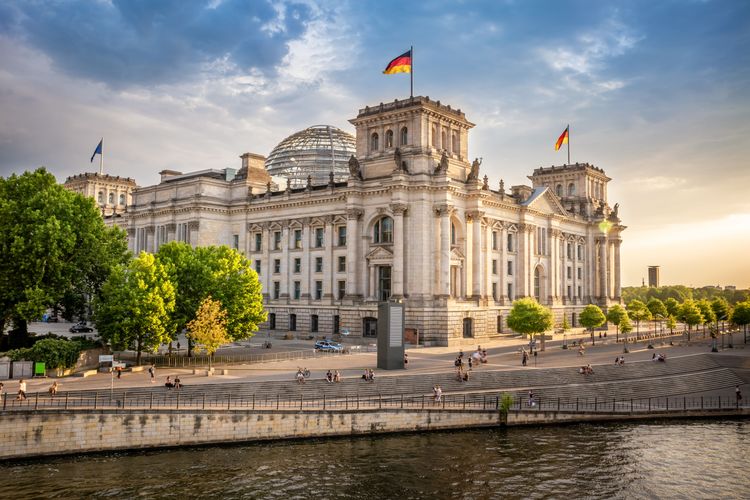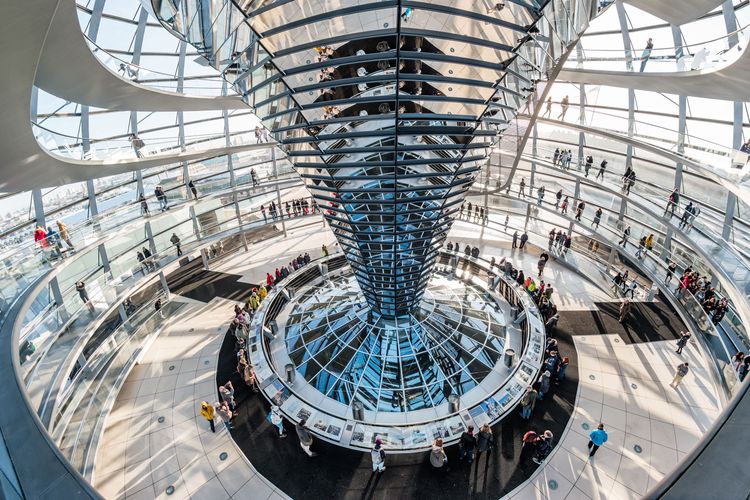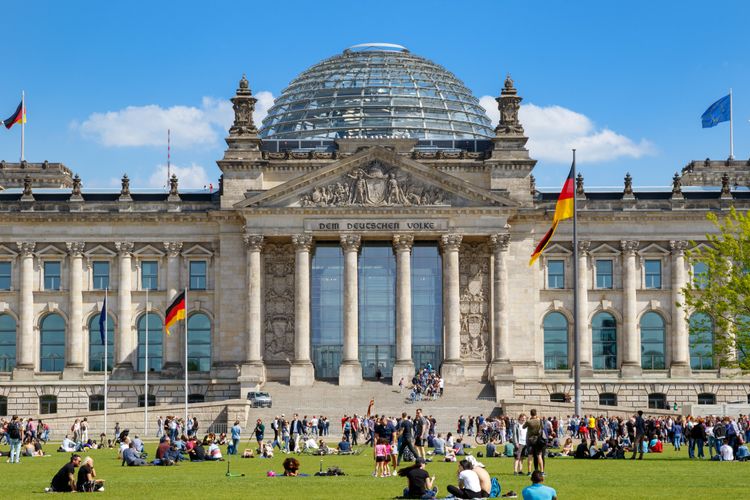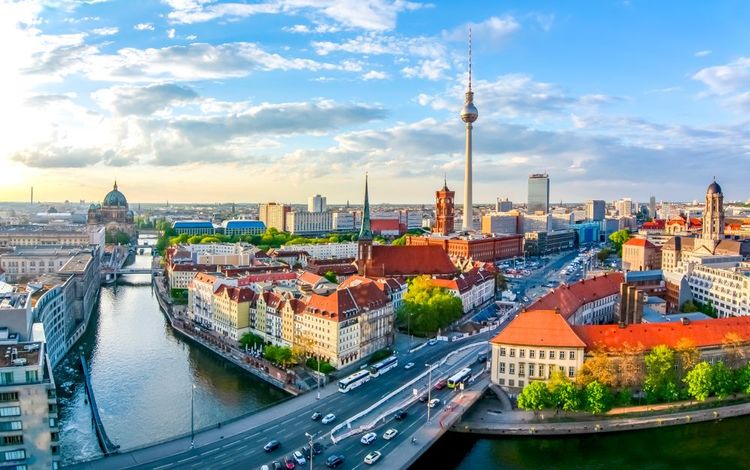Completed in 1894, the building originally lacked its emblematic dedication to the "German people", which was added in 1916 with the inscription "Dem Deutschen Volke" on its facade.
The Reichstag served as the seat of the German parliament until 1933, when a devastating fire severely damaged the building, marking the end of the Weimar Republic and paving the way for Hitler's crackdown on political dissent. During the Nazi regime and the Second World War, the building was once again neglected and damaged. In 1945, it became a favourite target of the Red Army because of its propaganda value.
After the war, the West German parliament moved to Bonn, leaving the Reichstag in ruins until 1961, at which point a partial restoration took place in the midst of the construction of the Berlin Wall. Although controversial, this restoration preserved traces of its recent history, such as the bullet-riddled facade and the graffiti of Soviet soldiers.
Throughout the Cold War and until German reunification in 1989, the Reichstag hosted a permanent exhibition entitled "Questions on German History", but was only used on a limited scale for ceremonies. In 1990, it became the site of the official reunification ceremony. After extensive debate, in 1995, it was decided that the Reichstag would once again become the seat of the German national parliament. A meticulous restoration and refurbishment by Norman Foster was completed in 1999, and on 19 April of that year, the new German government gathered in the Reichstag.
